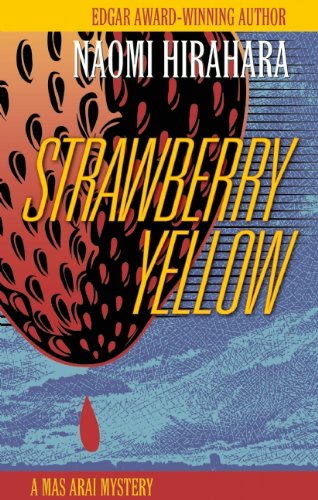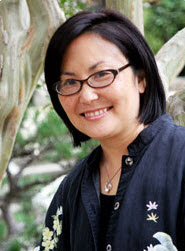 I’ve always been a fan of detective and crime mystery fiction, starting from my earliest days devouring the Hardy Boys and Three Investigators books when I was just a kid. I graduated to author Agatha Christie (including her female sleuth Miss Marple), Ellery Queen and of course, Sir Arthur Conan Doyle’s Sherlock Holmes. Then in college I fell in love with the hard-boiled noir novelists, such as Dashiell Hammett and Raymond Chandler.
I’ve always been a fan of detective and crime mystery fiction, starting from my earliest days devouring the Hardy Boys and Three Investigators books when I was just a kid. I graduated to author Agatha Christie (including her female sleuth Miss Marple), Ellery Queen and of course, Sir Arthur Conan Doyle’s Sherlock Holmes. Then in college I fell in love with the hard-boiled noir novelists, such as Dashiell Hammett and Raymond Chandler.
Among this pantheon of excellent writers and their incredible fictional sleuths, these days I look forward to each new book by Naomi Hirahara in her Mas Arai series.
Arai is a little like Miss Marple — an unlikely crime-solver in the guise of a senior citizen. But he’s unlike everyone else I’ve read, because he’s a 70-something Nisei, or second generation Japanese American who was born in California but spent his childhood in Japan. He survived the bombing of Hiroshima and returned Stateside, where the plot of “Strawberry Yellow” takes root. It starts with the funeral of Mas’ second cousin Shug in Watsonville, California, where Mas worked on a strawberry farm upon his return from Japan after WWII. Shug grew up to become a renowned strawberry expert, cultivating new strains.
Mas grew up a little rough around the edges, but became a gardener in Los Angeles, married and had a daughter who’s now grown and he lives alone since the death of his wife. He’s a crusty old man who avoids conflict and also people, and hates controversy but seems to always find himself in the middle of a murder, or theft, or some other crime. And in spite of his quirky and thorny personality, he solves the problems.
You won’t find a sleuth like Mas Arai in the annals of crime fiction.
 Along the way, Hirahara, who is herself the daughter of a gardener who was raised in Hiroshima, does a stellar job of accurately and lovingly reflecting her Japanese American (JA) community, including cultural traditions, venerated Japanese values, tangled family ties and the language. That includes not only lots of Japanese terms (she has a handy glossary online of some Japanese terms used in the Mas Arai books), but also capturing the heavily accented English of older JAs.
Along the way, Hirahara, who is herself the daughter of a gardener who was raised in Hiroshima, does a stellar job of accurately and lovingly reflecting her Japanese American (JA) community, including cultural traditions, venerated Japanese values, tangled family ties and the language. That includes not only lots of Japanese terms (she has a handy glossary online of some Japanese terms used in the Mas Arai books), but also capturing the heavily accented English of older JAs.
Continue reading











